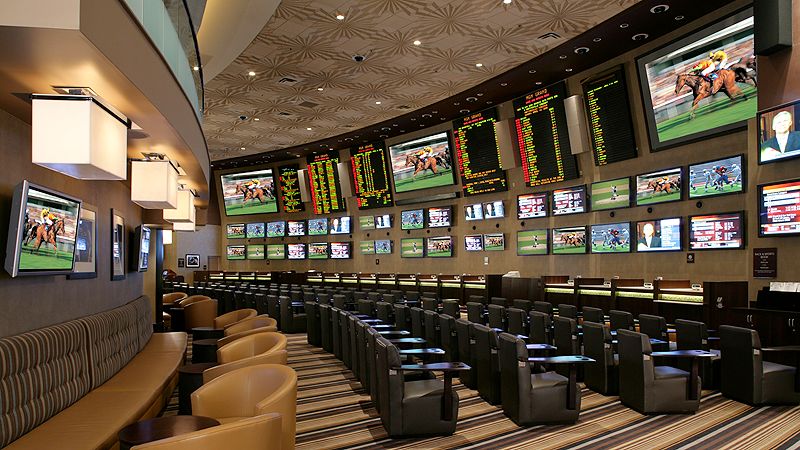 As a handicapper, every edge that you can find is a good one. If you’re scanning through the internet and find some injury news or hear some kind of inside info about a behind-the-scenes issue between a player and coach or some personal distraction, every little bit helps. Staying informed on the teams is important, but it isn’t everything. You have to stay informed on the market.
As a handicapper, every edge that you can find is a good one. If you’re scanning through the internet and find some injury news or hear some kind of inside info about a behind-the-scenes issue between a player and coach or some personal distraction, every little bit helps. Staying informed on the teams is important, but it isn’t everything. You have to stay informed on the market.
Just like the stock market, you can see things beginning to happen in the betting market. Trends, increases, devaluations, and the like are all things that you have to monitor. Betting is the same way. There are large betting syndicates who bet a large sum of money and it will move a line. There are respected pros that bet a lot of money and can move a line. An avalanche of public money from amateurs or wanna-be pros can move a line. All of these movements are tracked by websites who use what are called “line screens.” Some line screen pay services will track these moves in real-time. Most line screen websites do offer free versions, but they are delayed, usually somewhere between 15-45 minutes.
Lines move for all sorts of reasons - injuries or suspensions being released, the positions of well-respected bettors, changes in the weather forecast, or simply the market correctly setting a bad line released by the oddsmakers. Keeping an eye on these movements is imperative. Some of the best pay line screens are through Don Best Sports, SportsInsights, or VegasInsider (links to free sections). All of these places have free line screen pages, along with my personal favorite, SBROdds.
Keeping track of line moves is important because you can shop around and make sure you’re getting the best available number or jump on board before “steam”, a large amount of money moving a line, takes away the line’s value. Half points can turn a win into a push or a push into a loss, so these are always critical to keep an eye on. One sportsbook may be offering a +6 while another has already moved to +7. If you are waiting on a target number, you can see if the market is trending that way or not. These are valuable tools to bettors.
As I write this right now, there are a lot of very similar numbers on the board, because the market has already adjusted. However, there are little differences in value that are always present. With -110 vigorish, something I talked about a couple weeks ago, the break-even point is a 52.38% success rate. But, lower the vigorish to -105, and the break even point is around 51%.
Consider the
For a better example, consider the
In this instance, the consensus would likely be to take the +1 and pay the extra five cents of vig. There are games that do end in a one-point margin, and it would be a really painful loss to lose the game on a one-point spread because you were afraid of an extra five cents of vig.
Clearer examples usually come from the NFL, where single digit key numbers hold a lot more value, like this one from the
This one is a little bit more muddled than the previous example. That being said, some sportsbooks will offer you the half point off a key number for an additional 15 cents of vig. Other non-key numbers are 10 cents per half point. So, you could get
Obviously, situations like this are difficult when betting with offshore sportsbooks. These aren’t like sportsbooks in
These differences may seem miniscule at times, but the math is clear and obvious. It’s better to take more points when they’re given to you. It’s better to give less points when that option is available. It’s better to pay less vig whenever possible. Having options and knowing the direction of the market can help turn losing bets into winning bets, which turns into more money.
Good luck and pick winners.